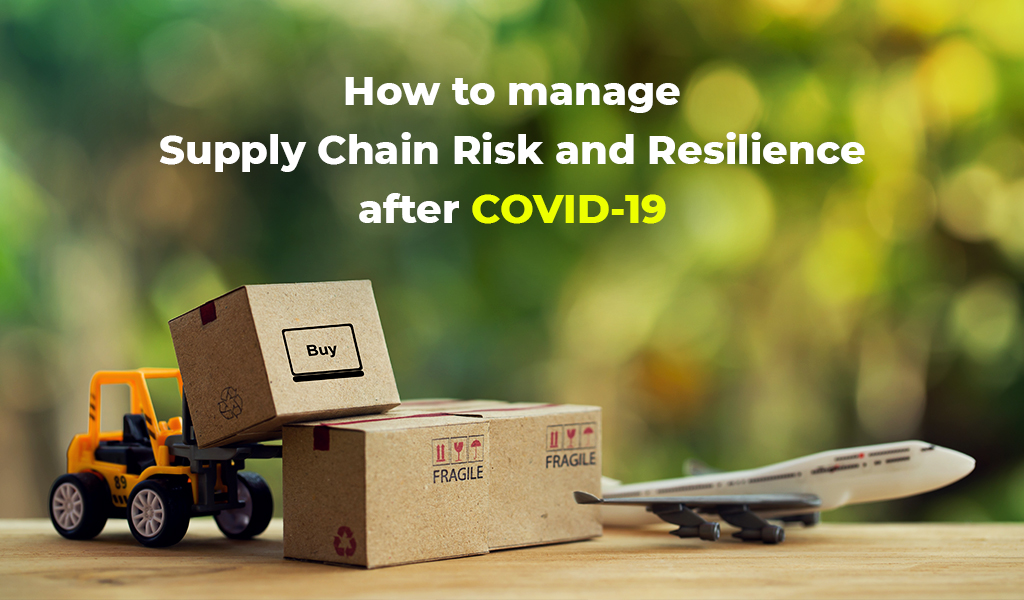
How to manage supply chain risk and resilience after COVID-19
The COVID-19 coronavirus pandemic is severely impacting global supply chains, and these impacts both highlight existing risks and bring new ones to light: risks related to procurement, finance, suppliers, logistics, and workforces. As we move through this moment and the crisis subsides, businesses will need to think differently and develop plans to understand and mitigate these risks while building supply chain resilience globally.
Supply chains have proven, especially with COVID-19, that if they are resilient and flexible, they can be instrumental if not vital to recovery. More than ever before, supply chains are on boardroom agendas due to their impact on global businesses and CSR. Traditional supply chain modelling and optimisation are changing and old assumptions, such as prioritising cost reduction, are becoming less important.
Companies are actively looking to mitigate risk. In the past suppliers were kept at arm’s length and supply chain improvements were deprioritised as they were not regarded as critical for the profit and growth. Today the focus is investment to mitigate risk and increase resilience for rapid recovery, and profit restoration. COVID-19 has been the catalyst to more businesses understanding the magnitude and importance of investing in a supply chain. Costs may increase, but so too can the chance of business survival.
Resilient supply chains not only recover from destruction, when done correctly, with the right level of investment, a robust plan and systems in place, supply chains become a source of competitive advantage and open up new and interesting marketplaces or valuable segments.


